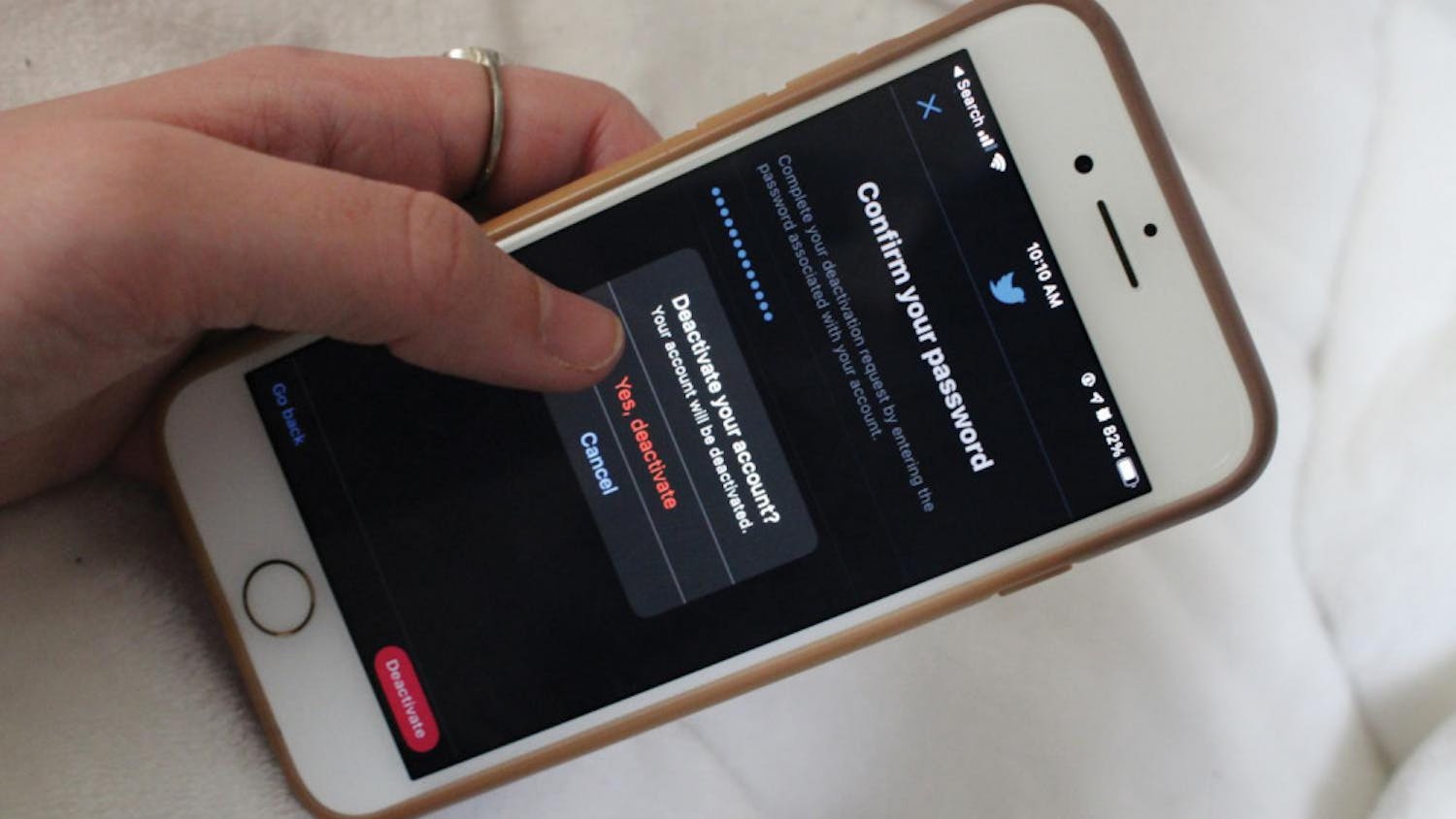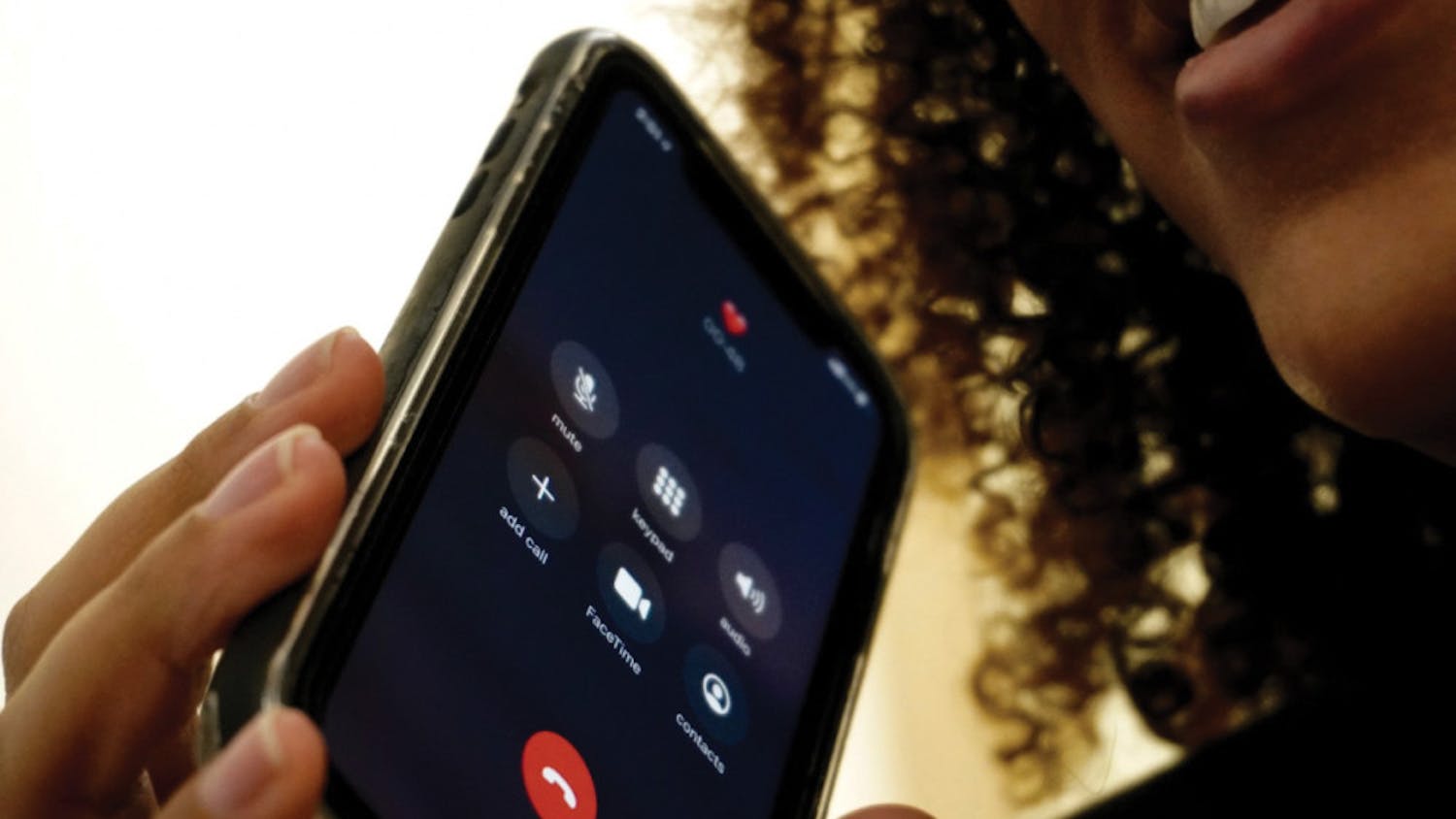Breaking Barriers is a series that will attempt to shed light on the process, ethics and intentions of the journalism industry with special attention to the issues that exist within the field today as a way to help make journalism more transparent to consumers.
Most people know that journalism is changing. The way it’s delivered has jumped from the printed page to the computer screen and to iPhone apps from there. But even in the online sphere, our preferred methods are changing; we prefer videos to the written word and interactive data to longform pieces. It makes sense that the way news is curated is changing too.
Media historian David Copeland is a communications professor and director of the Interactive Media graduate program at Elon University. He said news-gathering processes have developed as technology has evolved, and the intentions of reporting have changed.
“When newspapers became a regular feature of American society in the 1700s, the idea of reporters did not exist,” he said. “News was gathered from a variety of sources: government documents, letters sent from one person to another that contained useful information, shipping manifests and the like.”
Citizens could submit information to the printers, he said, who then decided what to run. They often prioritized information they were paid to publish, especially in the cold months when not as many people traveled and brought news from place to place.
News values were different then, too. Timeliness, a major news value today, didn’t exist in the same way for much of American journalism history.
“If you look at colonial papers, you might think that the news was old, stale and not relevant to the audience,” Copeland said. “There may be a little truth to that, but the curation process did not depend upon information moving at the speed of light or digitally. Information moved as quickly as humans could move, meaning by ship or by horse or by carrier pigeon sometimes.”
As the 1800s emerged, the idea of reporters finding out information for a newspaper to print began to develop. Copeland said that during the penny press era, “people would tend to subscribe to and read the papers with the most news that was of value to them. That, of course, created rivalries among papers for which could have the best, most and even quickest news.”
As the timeliness news value became important for papers that wanted to stay competitive, their curation methods had to change again, too.
Civil War reporters began traveling with telegraphers who could send stories back to the paper at home. Wire services, collectives of reporters who find and give stories to newspapers that pay to be a part of an association, grew out of that need for speed and became a major tool that news organizations still use today.
The Associated Press (AP) is a prominent wire service that contributes articles to publications from The New York Times, which has an entire section on its website dedicated to the AP’s stories, to The Telegraph here in Macon.
1967 marked another shift in news-gathering. The Freedom of Information Act (FOIA) of that year granted the public the right to request access to any federal agency’s records and required agencies to disclose most information requested under FOIA within three business days, unless it was a matter of personal privacy, national security or law enforcement, according to the FOIA website.
Journalists have no more or fewer rights to submit FOIA requests than anyone else, although they may have some rights to reduced fees and faster service, according to the Reporters Committee for Freedom of the Press (RCFP), a nonprofit that helps journalists access resources.
Information obtained through FOIA requests have helped American journalists discover and warn the public about health and safety issues, wasteful government spending, terrorist activities, the FBI harassment of civil rights leaders, government surveillance of prominent authors and more, according to the RCFP website.
“With the rise of media outlets, the explosion of journalists, the power of the wire services and the development of multiple media platforms, the idea of gatekeeping rose in our consciousness,” Copeland said. “It became the job of editors to decide what information would flow to readers and viewers.”
Today, these editors use contemporary news values to decide what is news. Reporters use content curation skills to find out enough information to explain what’s important based on the editors’ direction.
The next Breaking Barriers article will address the question, “Who or what holds journalists accountable?”
Breaking Barriers: How do journalists gather information?





